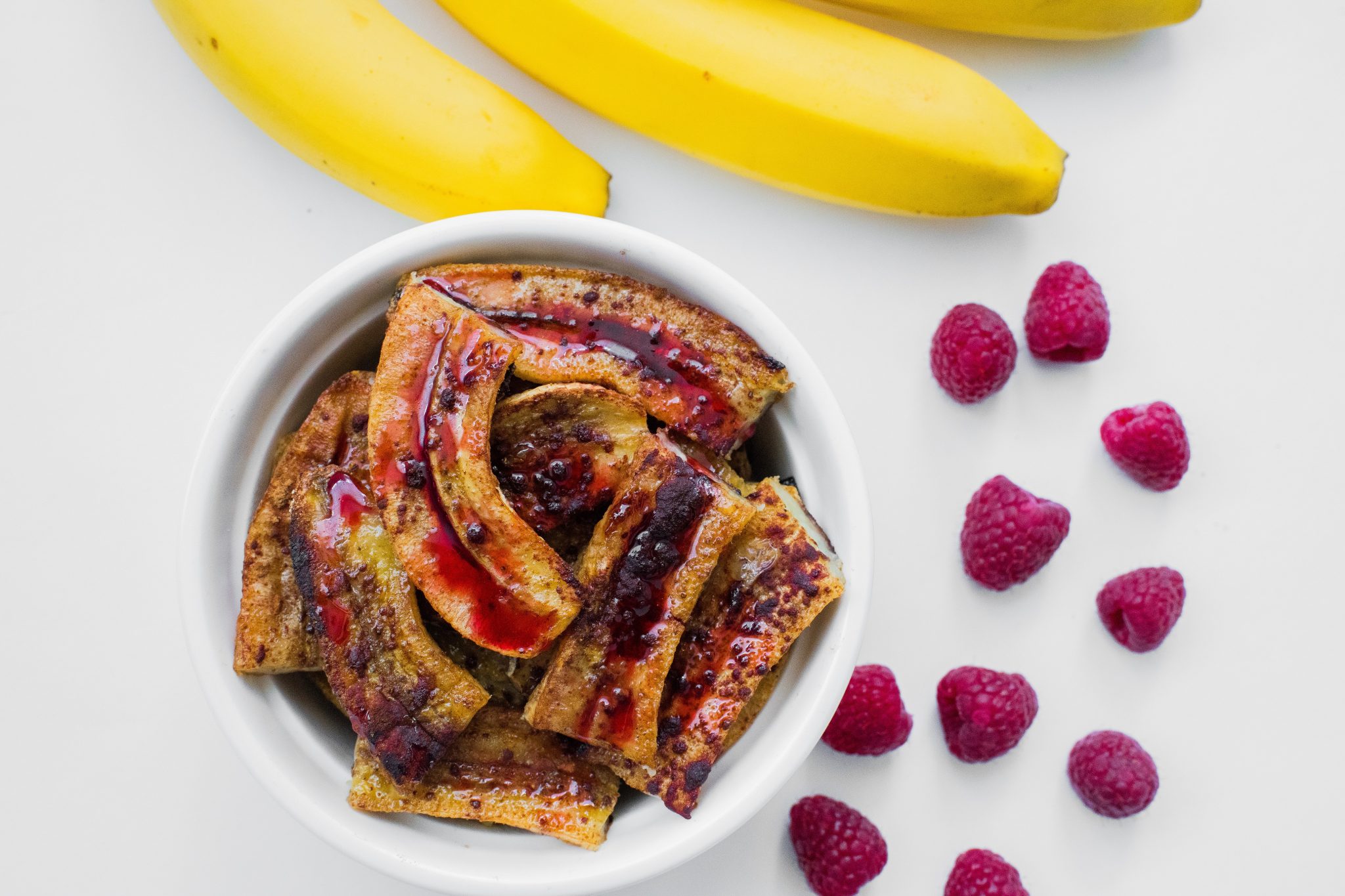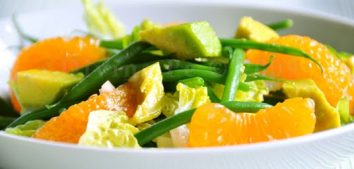
Weight-loss diet
I have written about a weight-reducing diet on my blog before. Today I would like to come back to the topic to help you clarify the facts.
A weight-reducing diet simply means maintaining negative caloric balance, or consuming fewer calories than your Total Metabolic Rate (TMR).
BMR and TMR – let’s start from the beginning
If you consider going on a weight-reducing diet, the first thing you should do is calculate your Basal Metabolic Rate (BMR) and your Total Metabolic Rate (TMR). Below you will find the formulas, but you can just as well use calculators available online. The value of BMR is the energy our body needs to maintain basic life functions – it’s our base and we cannot go anywhere below it. On the other hand, TMR also incorporates our everyday physical activity and this is where we can include a calorie deficit. If you subtract 500 kcal from your individual TMR, you should be able to observe a weekly loss of about 0,5kg (i.e. 2-4kg per month). It is the optimum deficit which should bring the most permanent results. When you begin a weight-reducing diet, your initial calorific value can also be determined by calculating 80% from your TMR.
BMR for a man:
PPM [kcal] = 66,47 + (13,75 x body mass in kg) + (5 x height in cm) – (6,75 x age).
BMR for a woman:
PPM [kcal] = 665,09 + (9,56 x body mass in kg) + (1,85 x height in cm) – (4,67 x age).
CPM = PPM x activity level
Select your physical activity level:
- 1,4 – for low activity;
- 1,6 – for medium activity;
- 1,75 – an active lifestyle; (about 3-5 workouts per week)
- 2,0 – a very active lifestyle (a physical job and training)
- ≥ 2,2 – professional athletes
Calorie deficit is key
There is one issue that I wish to highlight. If you would like to lose weight, remember you must achieve a calorie deficit (provide your body with less energy from food than it uses up throughout the day). You will not reduce your body weight, even while on a healthy diet, unless you achieve the deficit. If you think your diet is well-balanced, rich in highly nutritious products and you avoid unhealthy, processed foods, but still fail to lose weight, think what you could change. Maybe the portions in your meals are too big, or you may eat too many healthy but high-calorie products, such as nuts, nut butter, fruit or dried fruit. Or maybe you should include physical activity in your daily schedule? 🙂
That’s right… It might seem obvious but let me say it again 🙂 The most effective way to lose weight is combining a diet and physical activity, and that’s exactly why you will find them both in my Diet & Training by Ann application 🙂
Physical activity is especially important while following calorie reduction. It is recommended to replace cardio workouts with strength training in order to look after the muscles and to avoid muscle tissue loss.

Macronutrients in a weight-reducing diet
Carbohydrates are the main energy source for our bodies and should be the basis of our diet. You will mainly find them in wholemeal products, such as thick groats, grains, as well a fruit and vegetables. And what about the popular low-carb diets? Research shows that it is the amount of protein and not carbohydrates that determines the effectiveness of weight loss. It is connected with the after-meal thermogenesis, which is the amount of energy your body uses up for digestion and absorption, and protein is the most thermogenic nutrient.
Remember that your diet should provide the right amount of proteins. As the main source you should choose lean meat like chicken, rabbit or veal. Fish and eggs are also rich in protein.
Fats are also an important part of a weight-reducing diet and I am glad that they are no longer considered as the root of all evil 🙂 We know that fats do not lead to obesity and are necessary e.g. to maintain proper hormonal balance. Fats should be consumed in the form of mono- and polyunsaturated fatty acids (omega-3 and omega-6). The crucial point here is the omega-3 to omega-6 ratio. The recommended ratio is 1:4-5, but, unfortunately, we tend to consume too many omega-6 acids which can also have pro-inflammatory properties.
Vegetable oils are the best source of omega-6 fatty acids, (e.g. sunflower, corn, soy, rapeseed) as well as sunflower and pumpkin seeds. When it comes to omega-3 fatty acids, you will find them in fish, shellfish, algae, chia seeds, walnuts, almonds, flaxseed and linseed oil. I especially recommend including chia seeds in your everyday diet, as they are not only rich in omega-3 acids but also in protein, and, as if it hadn’t been enough, in 100g they contain more calcium than milk.
Summing up, remember that the core of weight-reducing diet is a calorie deficit. We put on weight as a result of excessive calorie intake and not because of the amount of macronutrients. However, it is important to highlight the fact that the appropriate ratio of macronutrients in our diet is necessary for supplying our bodies with all the essential nutrients and for its proper functioning. If you need help with your diet, use my Diet & Training by Ann app.
GOOD LUCK ?
References:
- Matarese LE, Pories WJ. Adult weight loss diets: metabolic effects and outcomes. Nutr Clin Pract. 2014;29(6):759-67.
- Ramage S, Farmer A, Eccles KA, McCargar L. Healthy strategies for successful weight loss and weight maintenance: a systematic review. Appl Physiol Nutr Metab. 2014;39(1):1-20.
- Soenen S., Bonomi A.G., Lemmens S.G. et al.: Relatively high-protein or ‘low-carb’ energy-restricted diets for body weight loss and body weight maintenance? Physiol Behav, 2012; 10; 107 (3):370-80.










Comments No Comments
Join the discussion…